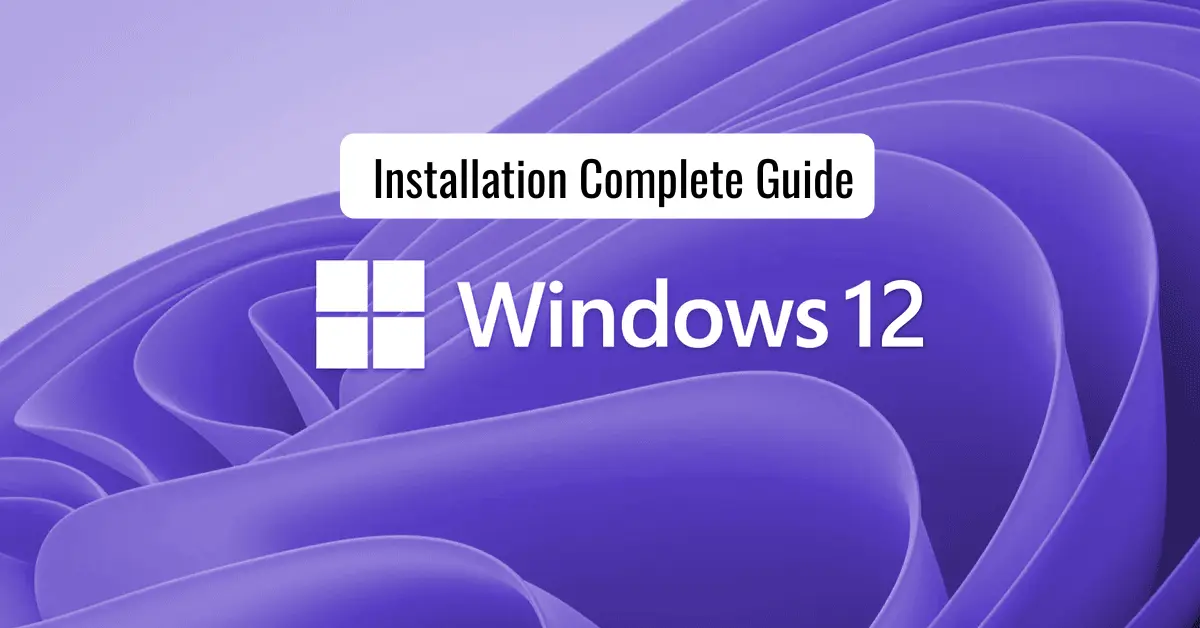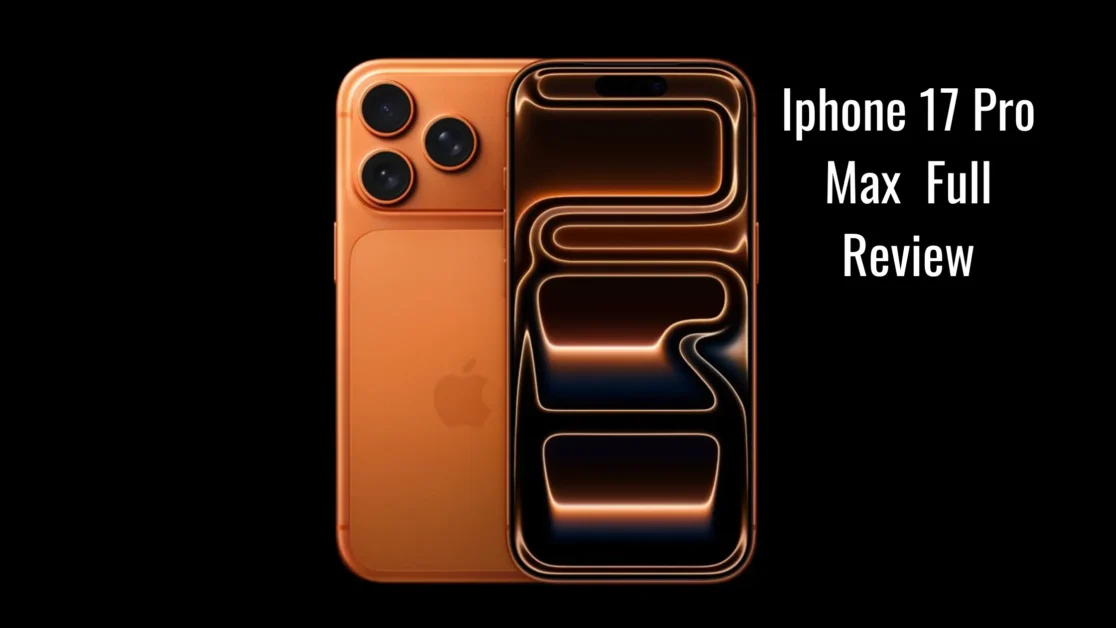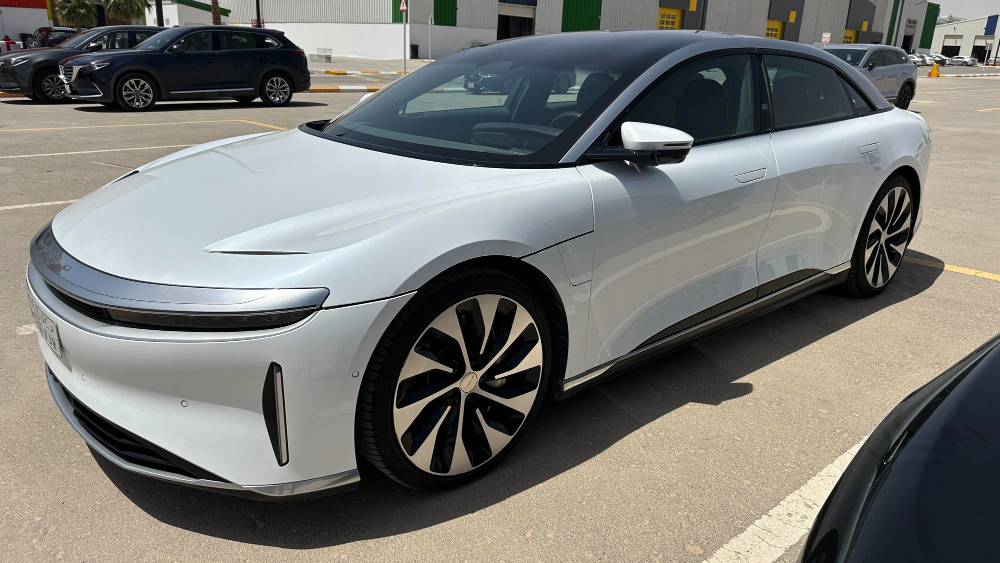Windows 12 is the next-generation operating system from Microsoft, bringing powerful AI integration, enhanced performance, and a modernized interface. Whether you’re upgrading from Windows 10 or 11, or performing a clean installation, this guide will walk you through every step to install Windows 12 safely and efficiently.
System Requirements for Windows 12
Before installing, make sure your PC meets the official Windows 12 system requirements. Installing the OS on unsupported hardware may result in poor performance or setup failure.
| Component | Minimum Requirement | Recommended Specification |
| Processor (CPU) | 1 GHz or faster, 2+ cores, 64-bit processor or SoC | Quad-core processor or higher, 2.5 GHz+ |
| Memory (RAM) | 8 GB | 16 GB or more |
| Storage | 64 GB minimum | 128 GB SSD or higher |
| Graphics Card | DirectX 12 compatible GPU, WDDM 2.0 driver | Dedicated GPU with DirectX 12 Ultimate support |
| Display | 9-inch or larger HD (720p) | Full HD (1080p) or higher |
| System Firmware | UEFI, Secure Boot capable | UEFI with Secure Boot enabled |
| TPM | Trusted Platform Module (TPM) version 2.0 | TPM 2.0 with secure encryption enabled |
| Internet Connection | Required for updates and activation | Broadband recommended |
| Microsoft Account | Required for setup | Required for full cloud integration |
Step 1: Download the Windows 12 Installation Media
- Go to the official Microsoft Windows 12 download page.
- Choose one of the following options:
- Upgrade Tool: For direct upgrade from Windows 10 or 11.
- Media Creation Tool: To create bootable USB or DVD installation media.
- ISO File: For manual or virtual installation.
- Upgrade Tool: For direct upgrade from Windows 10 or 11.
- Save the tool or ISO file to your computer.
Step 2: Create a Bootable USB Drive
If you plan to perform a clean installation:
- Insert a USB flash drive (minimum 8 GB capacity).
- Run the Media Creation Tool.
- Select “Create installation media (USB flash drive, DVD, or ISO file) for another PC.”
- Choose your language, edition, and architecture (64-bit recommended).
- Select USB flash drive and click Next.
- Wait for the tool to download and create your installation drive.
Step 3: Boot from the USB Drive
- Insert your bootable USB drive into your computer.
- Restart your PC.
- As the computer starts, press the boot menu key (usually F2, F12, Del, or Esc depending on the manufacturer).
- Choose the USB drive as your primary boot device.
- The Windows 12 setup will start automatically.
Step 4: Start the Windows 12 Installation
- Select your language, time, and keyboard layout preferences.
- Click Next, then choose Install Now.
- Enter your Windows 12 product key, or skip this step if you’ll activate later.
- Choose between the following installation types:
- Upgrade: Keeps files and apps.
- Custom: Performs a clean installation (recommended for best performance).
- Upgrade: Keeps files and apps.
- Select the drive or partition where Windows 12 should be installed.
- Click Next to begin the installation process.
Step 5: Complete Installation and Initial Setup
Windows will now copy files and restart your system several times. Once done, you’ll be guided through the setup process:
- Choose your region and keyboard layout.
- Connect to your Wi-Fi or Ethernet connection.
- Sign in with your Microsoft account or create a new one.
- Set up privacy preferences and select whether to enable AI features like Windows Copilot.
- Choose your sync and cloud options.
After setup, Windows 12 will finish installation and load your new desktop environment.
Step 6: Install Drivers and Updates
Once you’re on your desktop:
- Go to Settings → Windows Update.
- Click Check for updates to install the latest drivers and security patches.
- Allow Windows to automatically download and install any recommended updates.
- Restart your PC after all updates are installed.
This ensures optimal performance and compatibility with your hardware.
Step 7: Personalize and Optimize Windows 12
After installation, you can personalize Windows 12 to match your preferences:
- Customize the Start Menu and Taskbar layout.
- Apply a theme, background, and accent color.
- Install your essential apps from the Microsoft Store.
- Adjust power settings for performance or battery optimization.
- Create a System Restore Point for easy recovery in the future.
Troubleshooting Tips
If you encounter issues during installation:
- Check BIOS settings: Ensure TPM 2.0 and Secure Boot are enabled.
- Use a different USB port: Some ports may cause boot issues.
- Recreate installation media: Corrupted USB drives can fail setup.
- Update BIOS/firmware: Outdated firmware may cause compatibility problems.
Installing Windows 12 is straightforward when you follow the proper steps and verify system compatibility. The latest version of Windows delivers better performance, improved multitasking, and deep AI integration to enhance productivity.
Whether you’re upgrading or performing a fresh install, this guide ensures your Windows 12 setup is secure, optimized, and ready to use.




